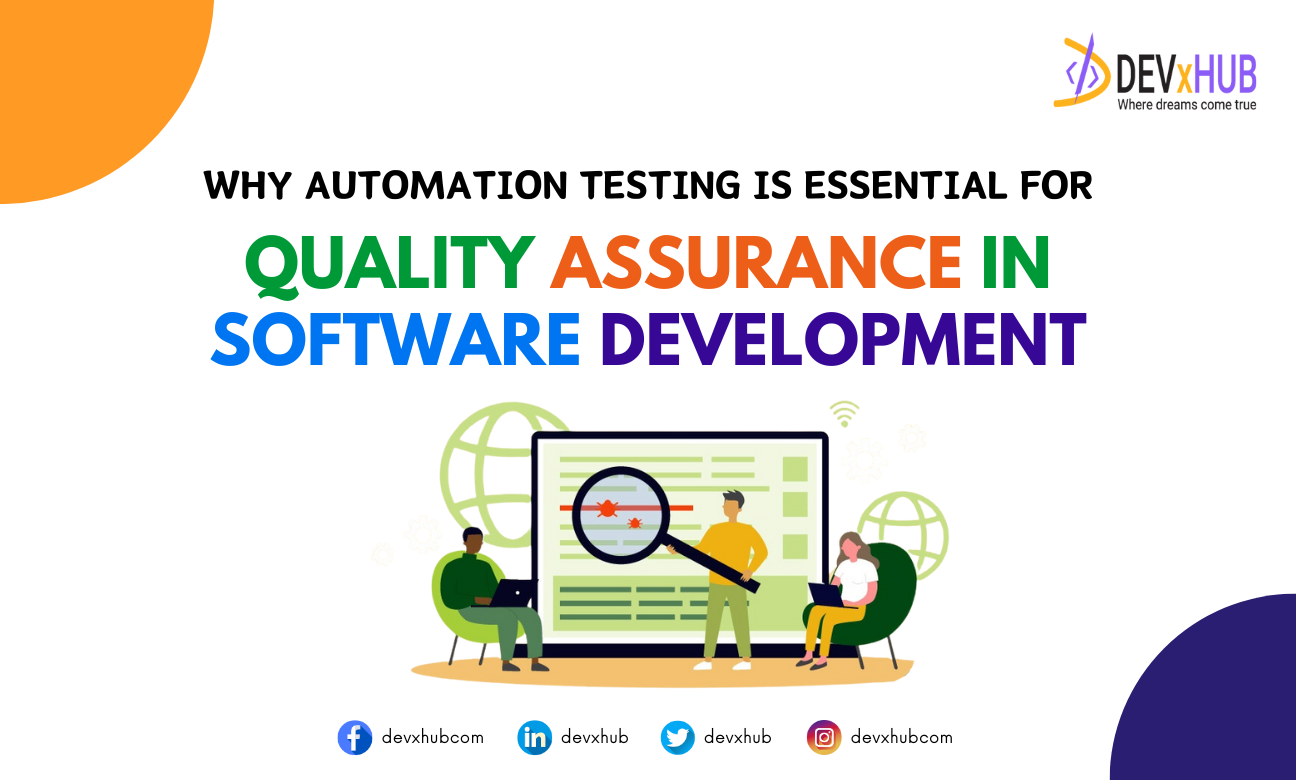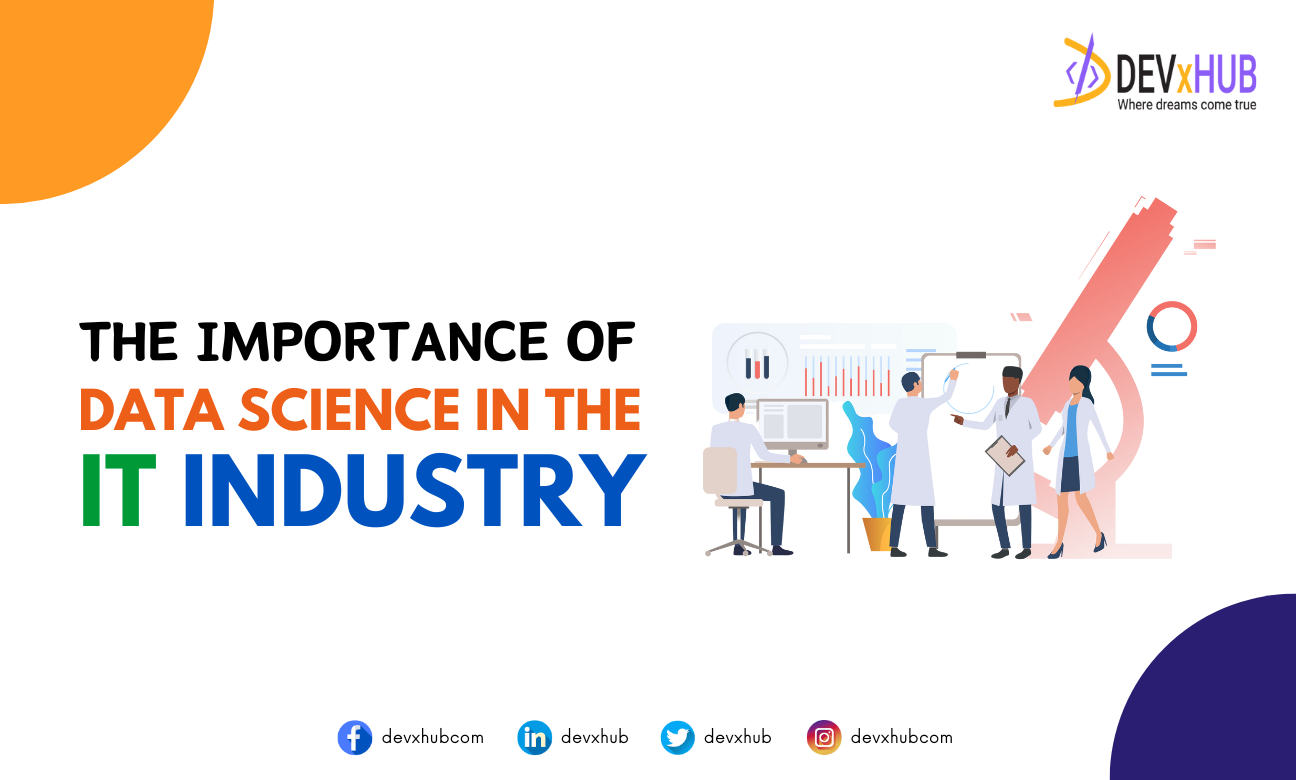Blog - How is the growth in GenAI changing low-code and no-code development?

Software development often faces a delicate balancing act. On one side, there's the imperative to craft high-caliber applications that users adore, free from bugs and coding mishaps. Yet, this pursuit demands significant investments of time, money, and coveted developer expertise, often under the pressure to swiftly introduce innovations to the market.
However, the rise of low-code and no-code development is revolutionizing this landscape, offering a means to reconcile these competing demands. By leveraging intuitive drag-and-drop interfaces and visual design tools, development teams can now tap into a broader spectrum of skills. It's no wonder then that Gartner predicts that by 2025, as much as 70% of new applications will stem from low-code or no-code platforms.
As these approaches become standard practice, the onus falls on emerging technologies to distinguish themselves in the development sphere. Increasingly, it appears that generative AI, particularly in crafting the intricate code components still necessary, will be instrumental in driving advancements in speed, precision, and efficiency.
The changing environment of AI, no-code, and low-code
The proliferation of generative AI, alongside artificial intelligence more broadly, has been extensively documented. Globally, AI tools are revolutionizing work processes and user interactions with various applications and digital services. This spans from Amazon's utilization of AI and predictive analytics for personalized customer recommendations and visual search capabilities to banks enhancing their ability to swiftly detect fraudulent activities, and platforms like OpenAI’s ChatGPT empowering individuals with limited computing expertise to generate written and visual content using AI.
As per Grand View Research, the global AI market had already surpassed a value of $196 billion by 2023 and is projected to maintain an average annual growth rate of 37.3% throughout the rest of the decade. This underscores the increasing influence of AI technology on the applications we rely on daily, as well as the development processes behind them, in the coming months and years.
Conversely, low-code development platforms began to surface at the onset of the previous decade and have steadily gained momentum within development teams worldwide. This surge is attributed not only to the efficiency, time-saving, and accuracy advantages that software companies accrue but also to the human aspect. Skilled software developers and coders are not only challenging to find and retain but also come with hefty recruitment costs. Utilizing low-code or no-code platforms adeptly bypasses this talent acquisition hurdle by negating the necessity for specialized skills in the development pipeline.
The convergence of these two technologies lies in their ability to generate code snippets, accelerating the development of intricate applications, enhancing content creation like reports and documentation, and tailoring templates and elements to meet specific needs. This fusion enables users with varying levels of expertise to craft complex applications by articulating desired results. For example, certain platforms now enable users to express requirements in simple language, with the system automatically generating the relevant code or application elements. This streamlined approach significantly expedites development, reduces entry barriers to software development markets, and promotes inclusivity in digital solution creation.
GenAI integration: the benefits and risks for development
As generative AI is relatively nascent, its full spectrum of possibilities is still undergoing exploration. Naturally, the initial focus tends to gravitate towards its positives and key benefits, given their role in driving adoption. However, as the technology becomes more pervasive and utilized by a broader audience over time, the associated risks begin to surface. Now, with the widespread integration of generative AI into low-code and no-code development, its dual nature as a double-edged sword has become increasingly apparent.
Advantages of GenAI in development
Even in low-code environments where coding demands are reduced, leveraging generative AI tools offers significant operational benefits:
Streamlining Time-Consuming Tasks:
Generative AI automates routine coding tasks, accelerating development workflows while minimizing vulnerability to human errors. This liberation of skilled developers' time enables them to concentrate on areas where manual intervention or traditional development methods are indispensable.
Empowering Novice Developers:
Generative AI acts as a valuable resource, particularly for developers in the learning phase. Real-time code generation not only saves time but also provides invaluable learning experiences. This efficiency boost not only benefits individual developers but also empowers entire teams to embrace agility, responsiveness, and innovation, fostering an environment conducive to creativity and efficiency, leading to groundbreaking applications and services.
Facilitating Innovation:
Generative AI offers developers a "second opinion" in solving complex coding tasks or implementing innovative features. As AI tools evolve and learn from experience, they broaden the spectrum of coding possibilities, enhancing innovation potential over time.
Realizing Cost Savings:
Utilizing generative AI in development yields substantial cost savings. The ability to reuse code segments reduces the need for rewriting, enabling successful project completion by smaller teams and less experienced developers. This reduction in hiring costs, both in terms of headcount and average developer salaries, contributes to overall financial efficiency.
Risks of GenAI in dev
Continuous vigilance is imperative when utilizing generative AI for development, as new risks emerge over time. However, the immense benefits of this technology make it too valuable to overlook. Here are key areas to remain cautious about:
Accuracy of Input Prompts:
The effectiveness of AI-generated code hinges on the precision of the prompts provided to the tools. Developers must adeptly formulate queries to elicit the desired code, aiming for accuracy from the outset. Failure to communicate effectively with GenAI tools can undermine the time, precision, and efficiency gains promised by AI-generated code.
Security and Privacy Concerns:
Generative AI introduces potential security and privacy challenges. Existing code databases that GenAI tools rely on might harbor vulnerabilities or exploitable code patterns, which could inadvertently permeate new applications. Moreover, AI's reliance on publicly available code may inadvertently infringe upon intellectual property rights or copyright laws, leading to legal complications post-deployment.
Ongoing Maintenance and Validation:
AI hasn't reached a stage of autonomous code creation reliability. Human intervention is crucial to verify code accuracy, address biases, and ensure compliance with legal and ethical data usage standards. Maintaining the tools themselves is essential to guarantee proper functioning and desired outputs. However, this manual oversight and maintenance demand time and resources, potentially offsetting the anticipated efficiencies and savings.
Integration with Other Platforms and Systems:
The seamless integration of generative AI with low-code and no-code development platforms enhances the sophistication and efficiency of application creation. This collaboration amalgamates the strengths of diverse technologies, simplifying both development and deployment procedures. Through AI-generated code snippets and automation, not only is development expedited, but the scope for achieving significant outcomes with minimal coding is expanded. Ultimately, this fosters greater accessibility to innovation for businesses striving to sustain competitiveness.
Will GenAI Replace Low-Code and No-Code Platforms?
We believe that GenAI will not replace low-code and no-code platforms in the short to medium term. Instead, GenAI tools are likely to complement these platforms, enhancing the development process overall. Low-code and no-code platforms remain valuable for their user-friendly visual interfaces and pre-built templates. Meanwhile, GenAI can assist with more complex and technical tasks within the development process. Human involvement is still crucial for tasks such as testing, maintenance, and overseeing AI tools, indicating that GenAI is not a standalone solution for code creation.
What Does the Future Hold for GenAI and Low-Code/No-Code?
Looking ahead, GenAI and low-code/no-code platforms, although distinct technologies, share a common goal: simplifying and accelerating the development process. The relationship between them is expected to grow stronger over time. In the future, GenAI may evolve to generate entire functions from queries, not just code snippets. This advancement could enable developers to create applications through natural language descriptions alone, without needing traditional coding skills.
This scenario would allow for the rapid construction of applications, streamlining development cycles and reducing the barriers posed by technical expertise. Essentially, developers will soon be able to instruct an AI on what they want to build, and the AI will handle the architecture, coding, and deployment processes.
The promising potential of generative AI fuels our excitement at Ciklum for its future applications. We're actively integrating GenAI into our low-code and no-code development workflows to accelerate the realization of your innovative concepts in the market. With this integration, our experts can swiftly transform your ideas into reality with unprecedented ease. Coupled with our robust data analytics solutions and forward-thinking approach to innovation, we stand as your ideal partner in optimizing speed, precision, and efficiency within your processes.
Conclusion:
The rise of GenAI is revolutionizing the landscape of low-code and no-code development, marking a significant shift in how software is created and utilized. As artificial intelligence becomes increasingly adept at understanding human intent and generating code, it offers a powerful tool for streamlining the development process.
With GenAI, developers can leverage sophisticated algorithms to automate repetitive tasks, accelerate development cycles, and enhance the overall efficiency of software creation. Additionally, the accessibility of low-code and no-code platforms empowered by GenAI democratizes programming, enabling individuals with varying levels of technical expertise to contribute to the development process.
Furthermore, GenAI-driven solutions have the potential to address the growing demand for software in various industries, facilitating rapid prototyping, customization, and deployment of applications. This not only reduces development costs but also enables organizations to adapt quickly to changing market demands.










